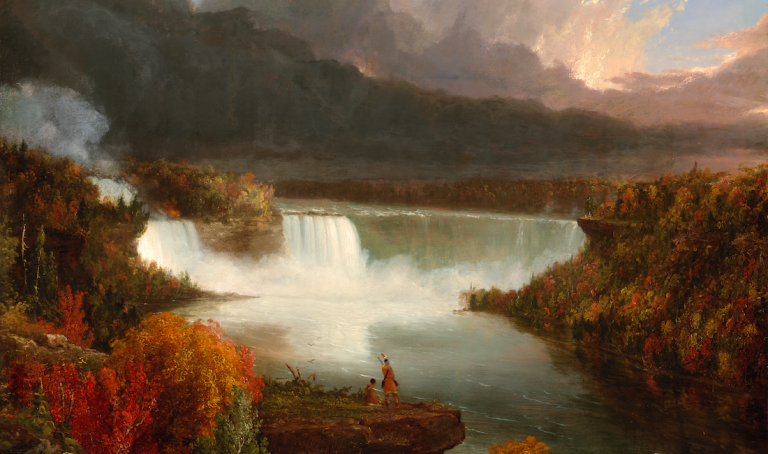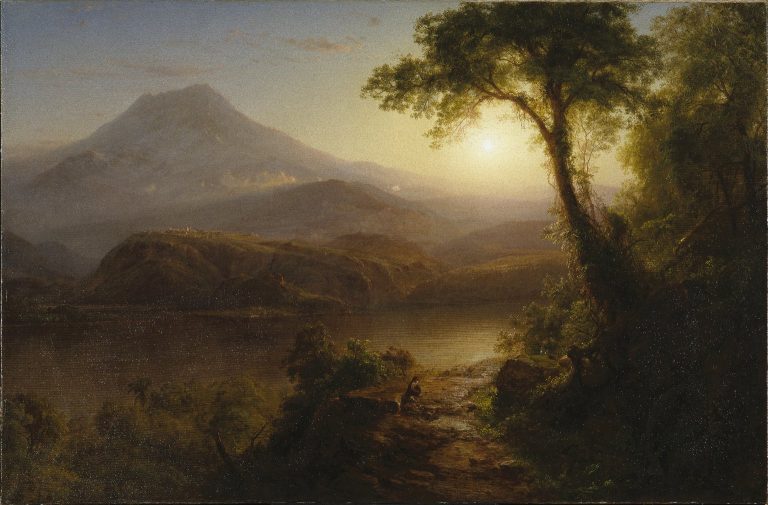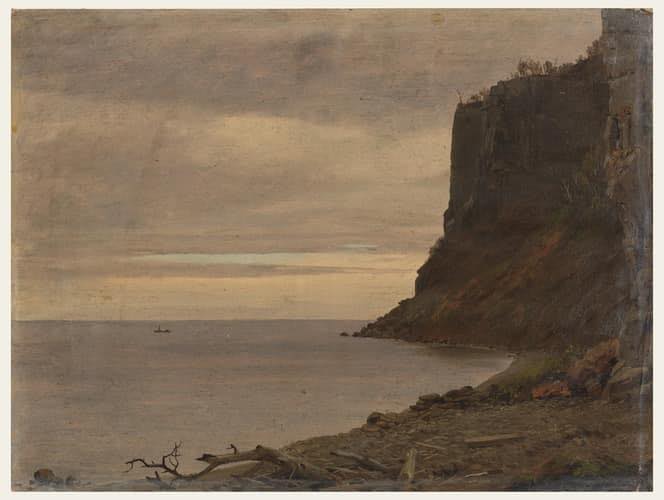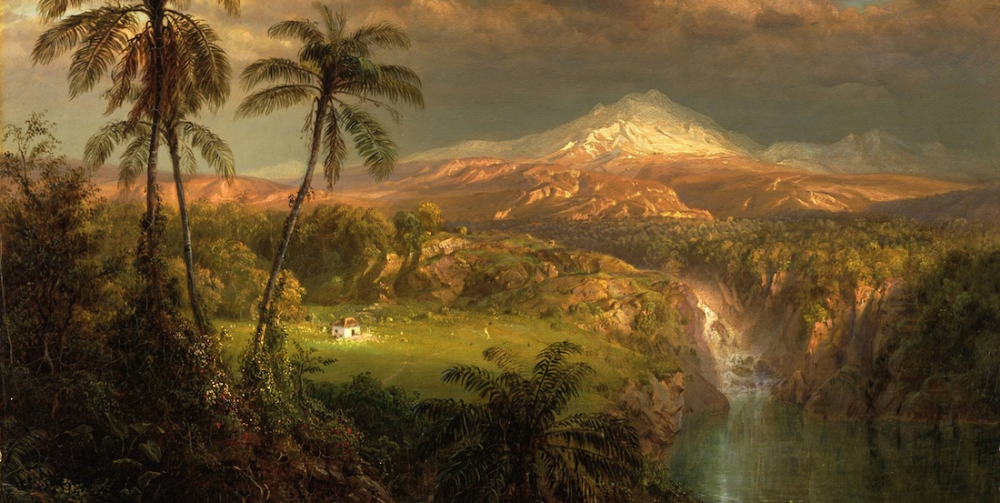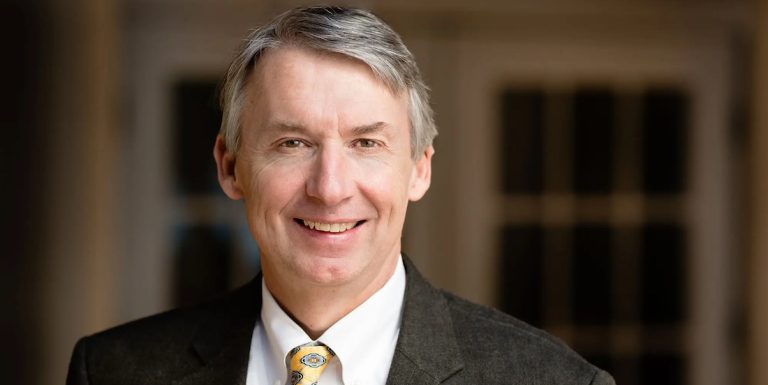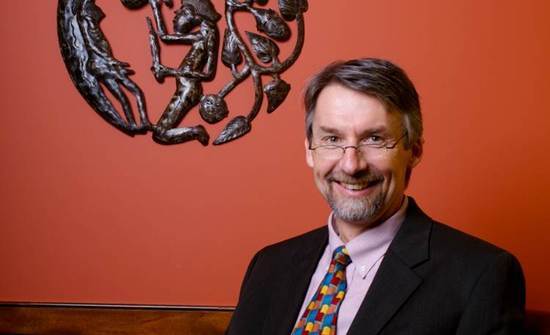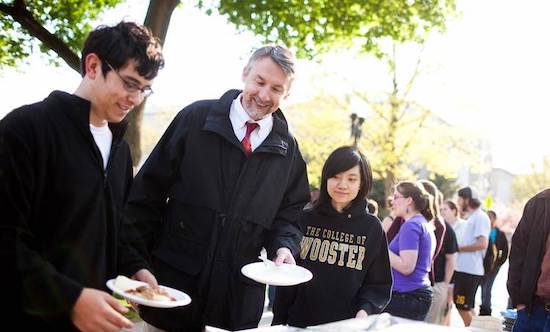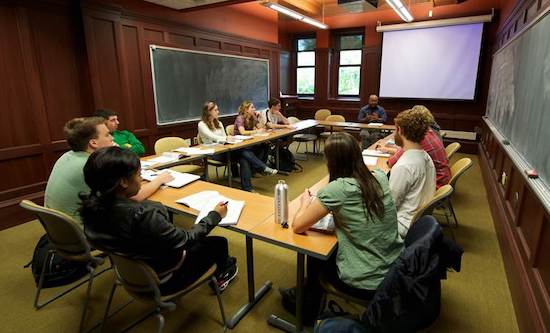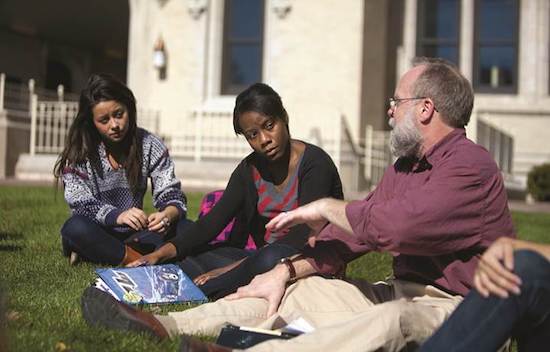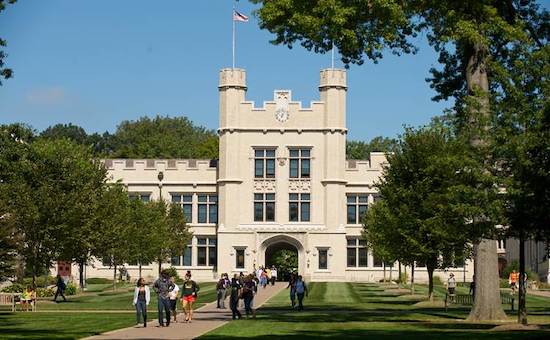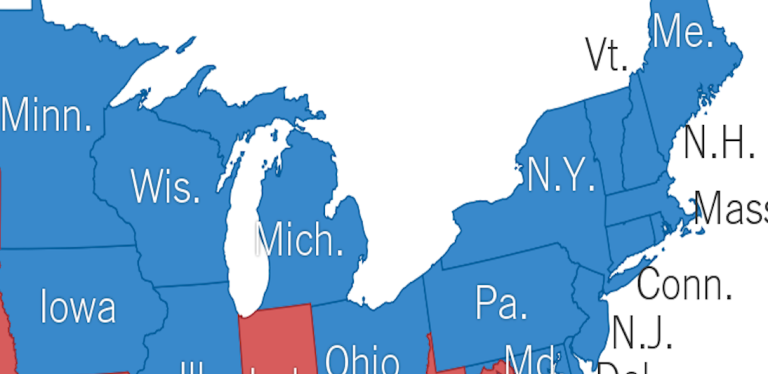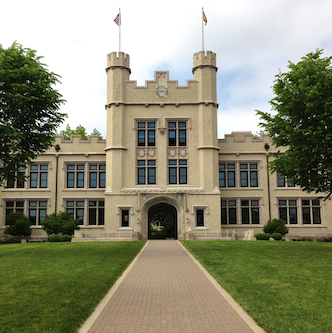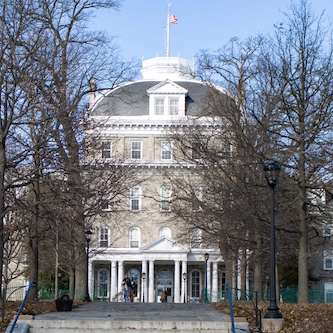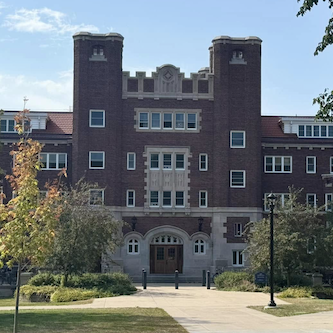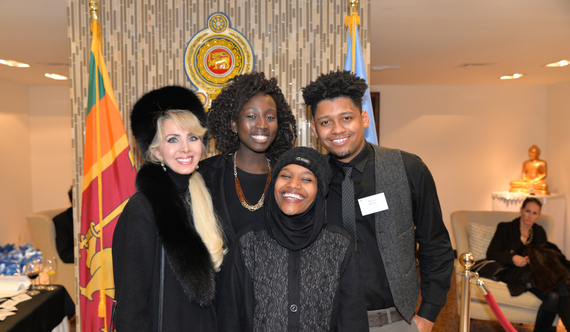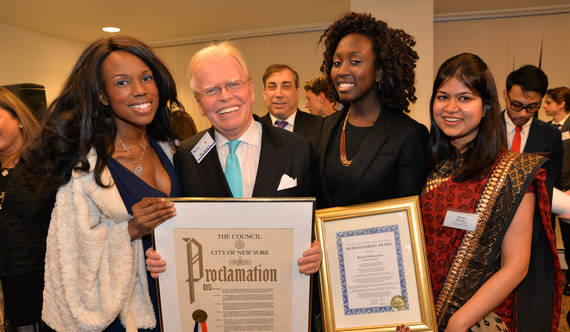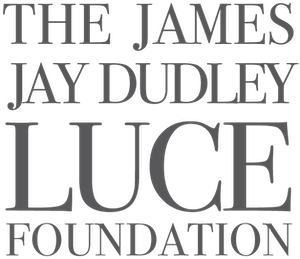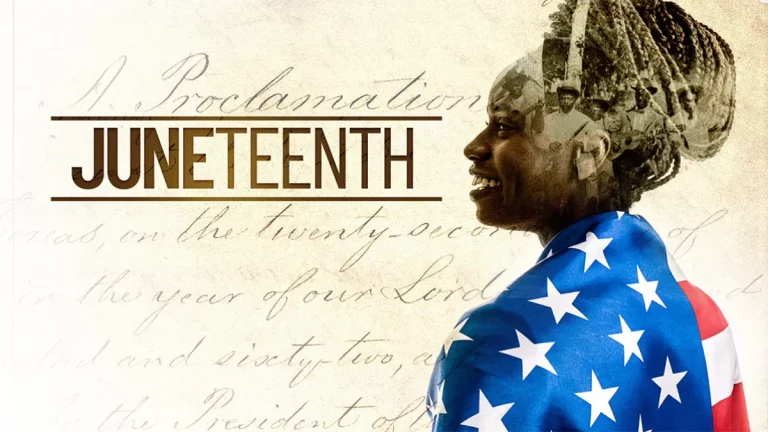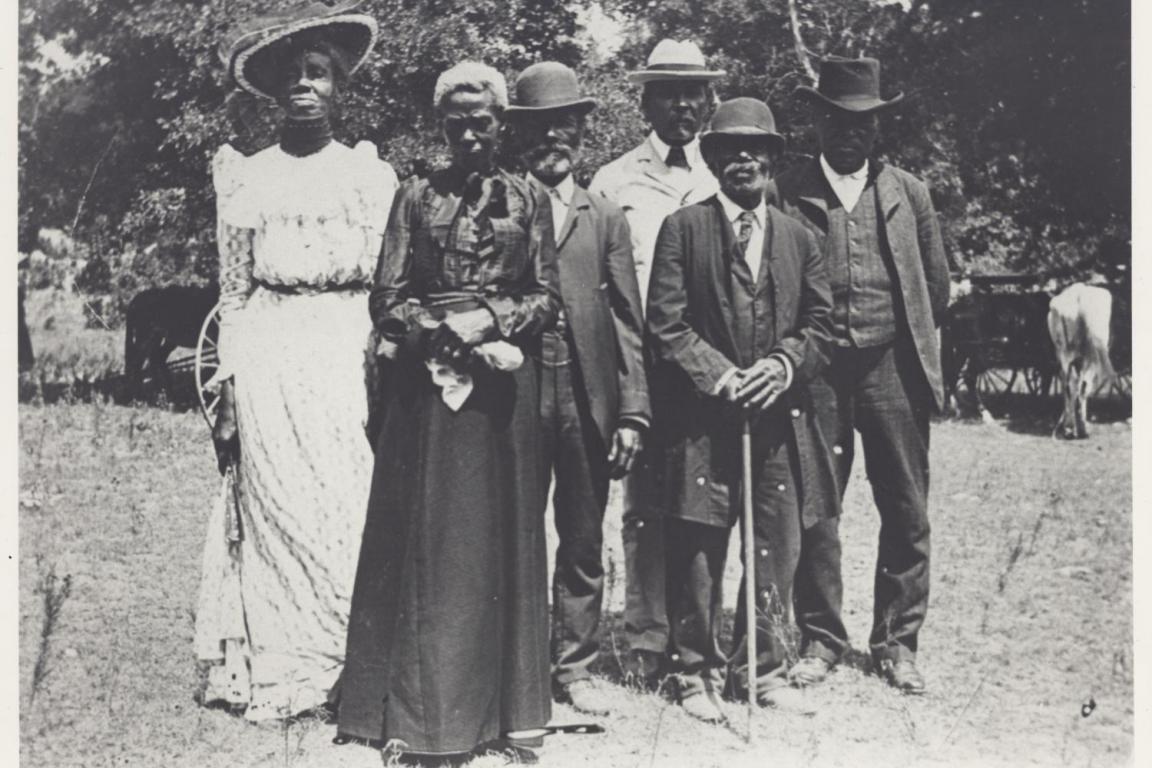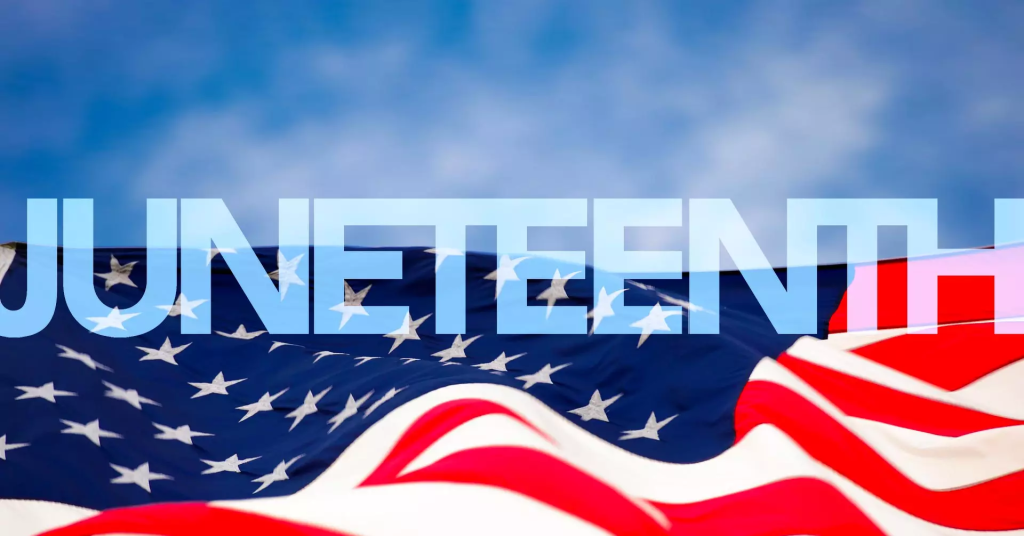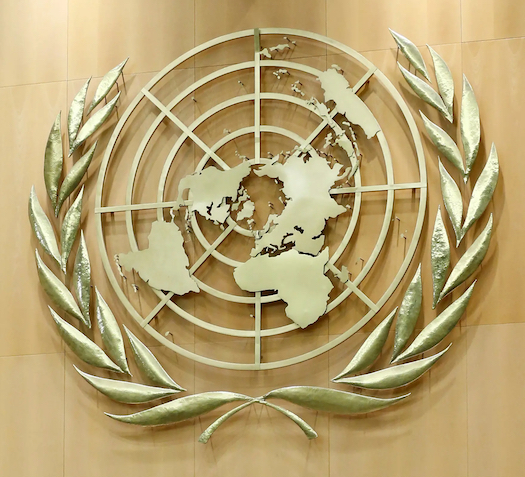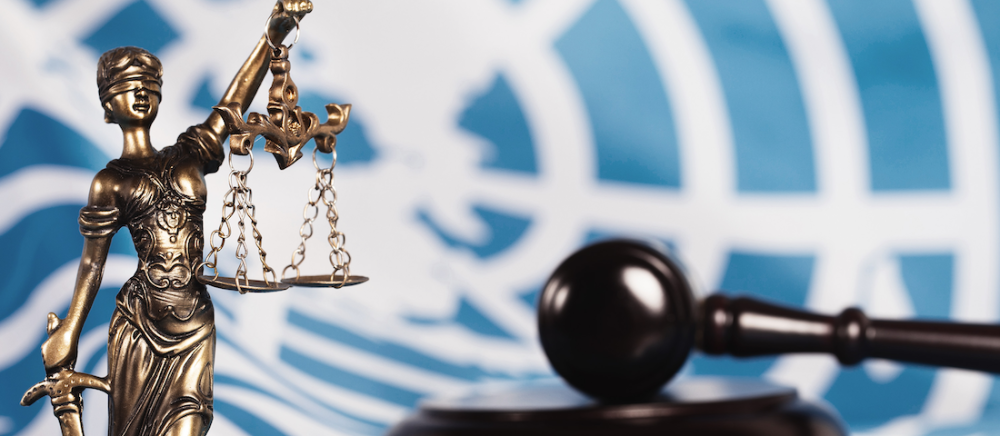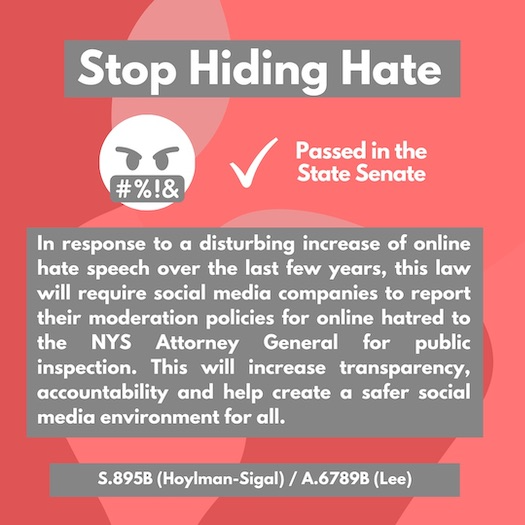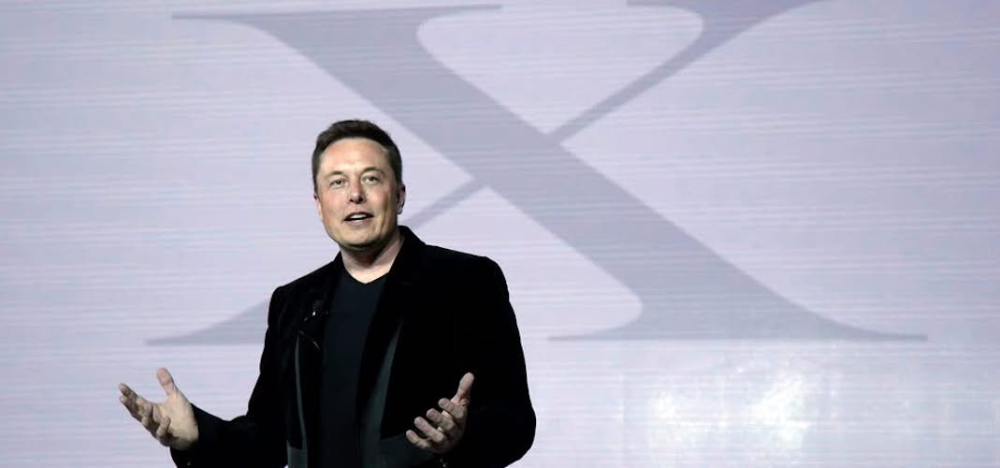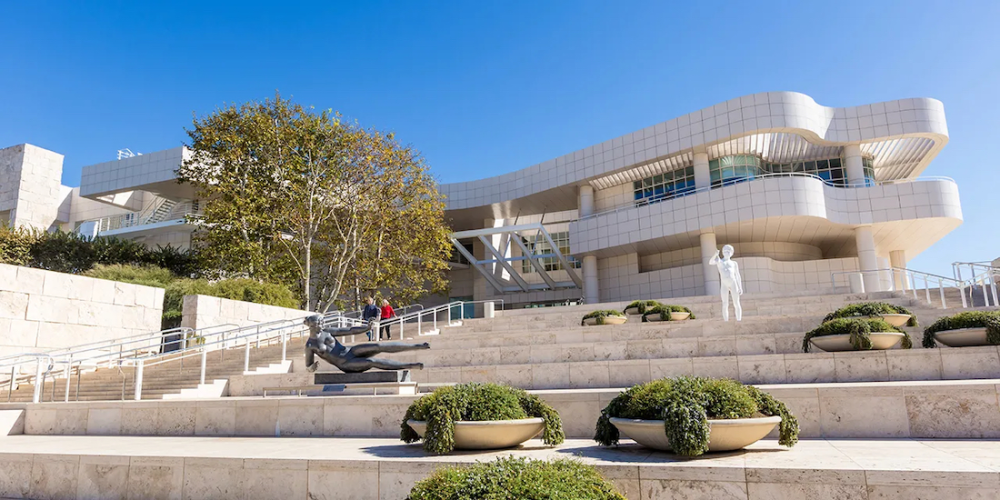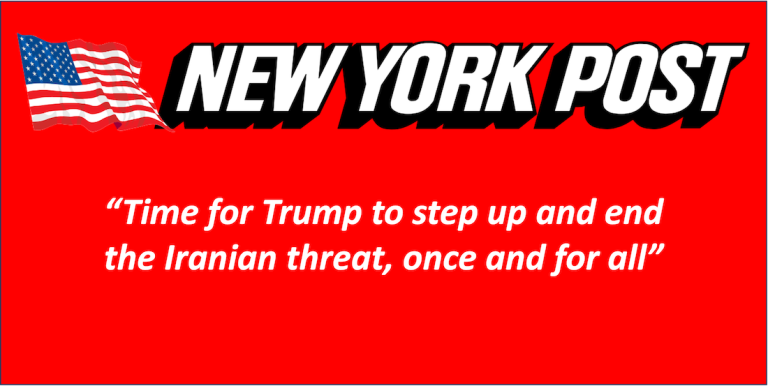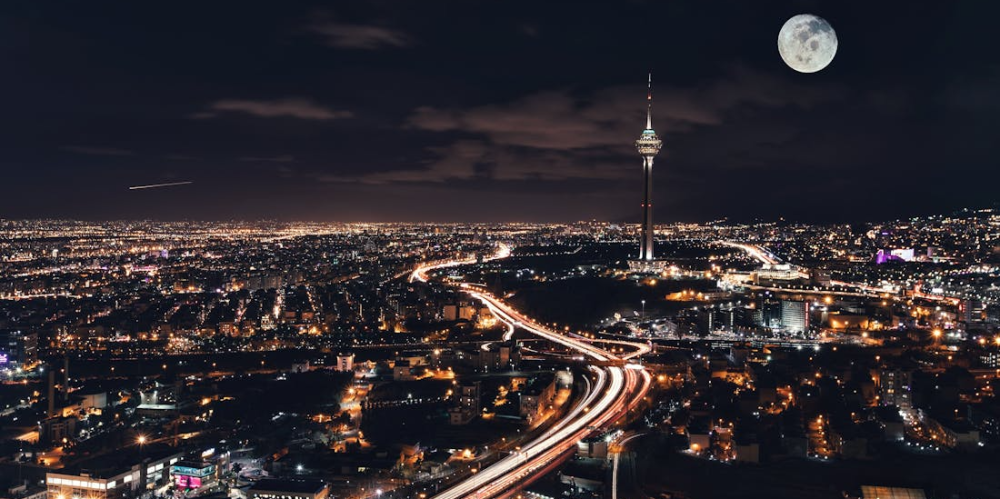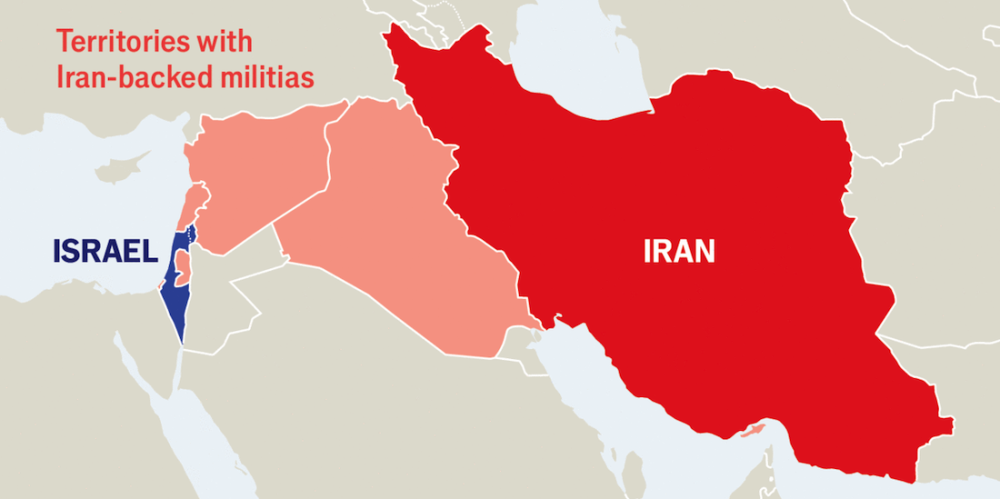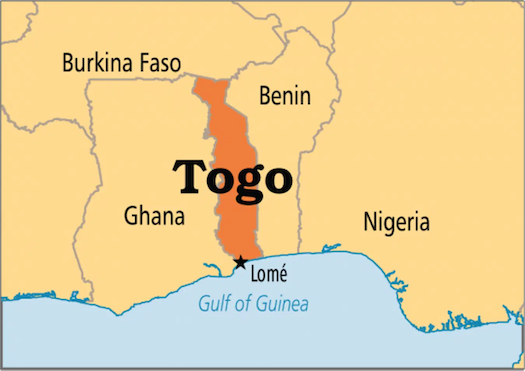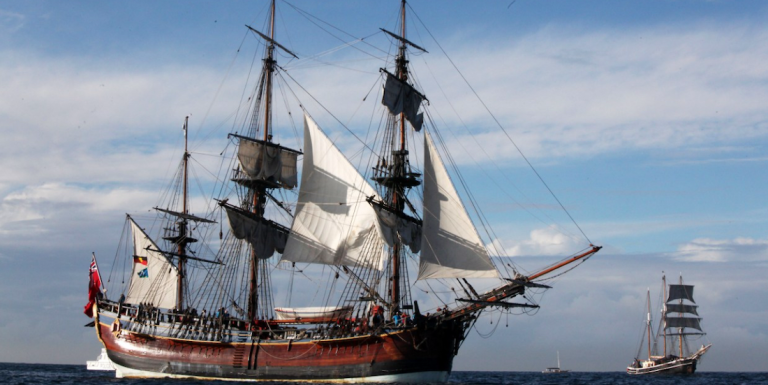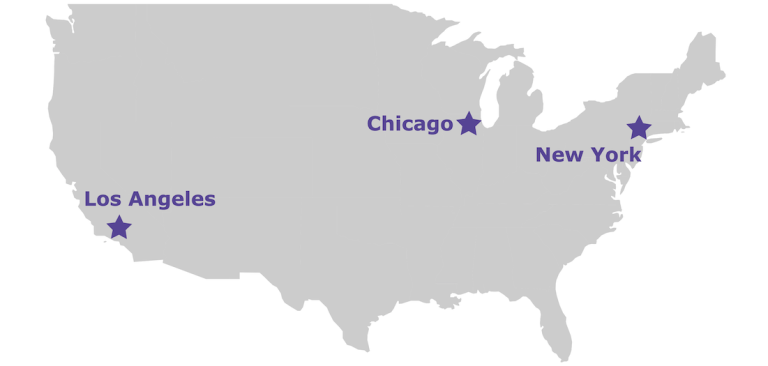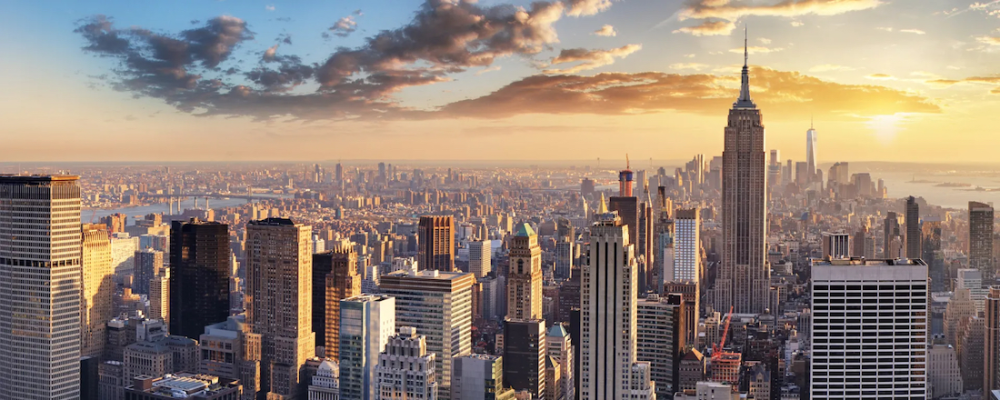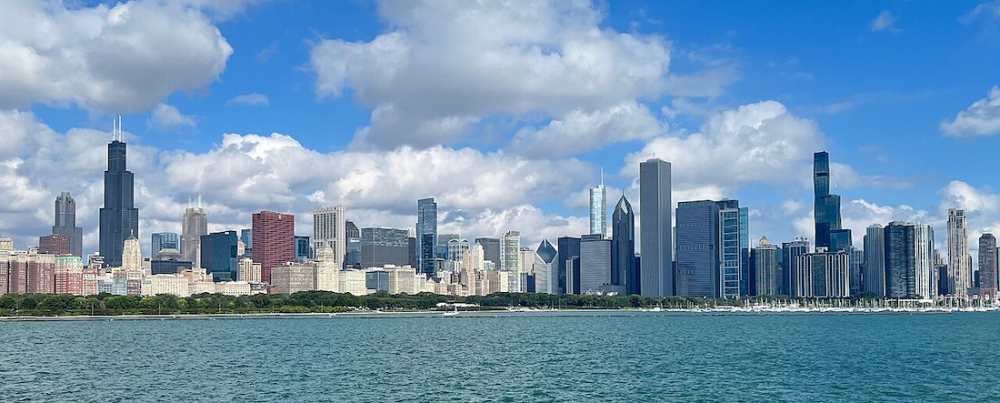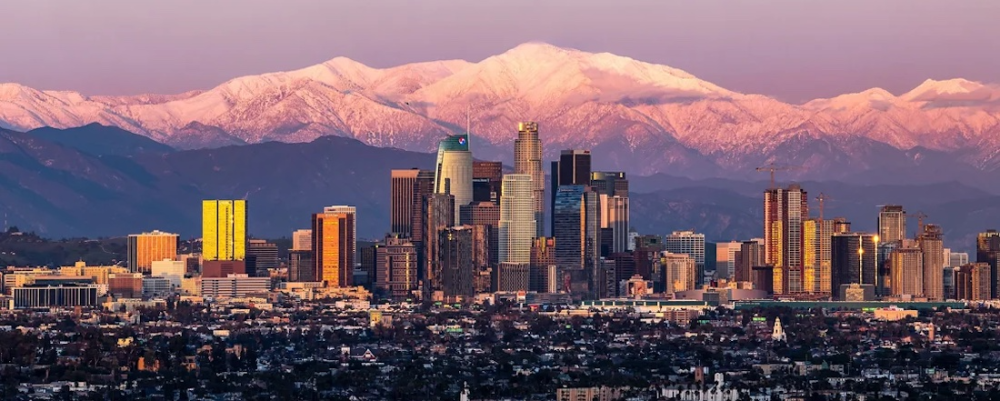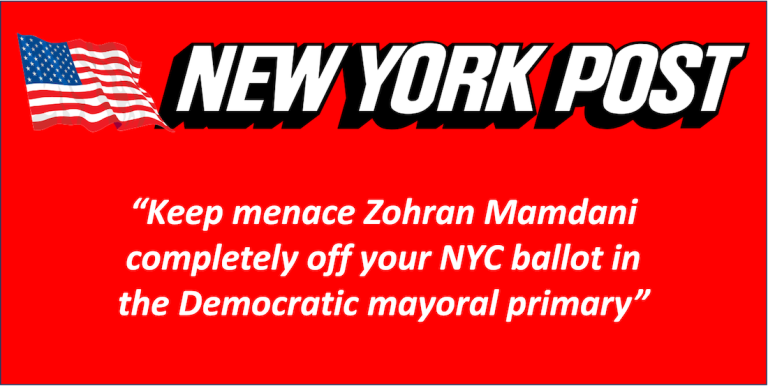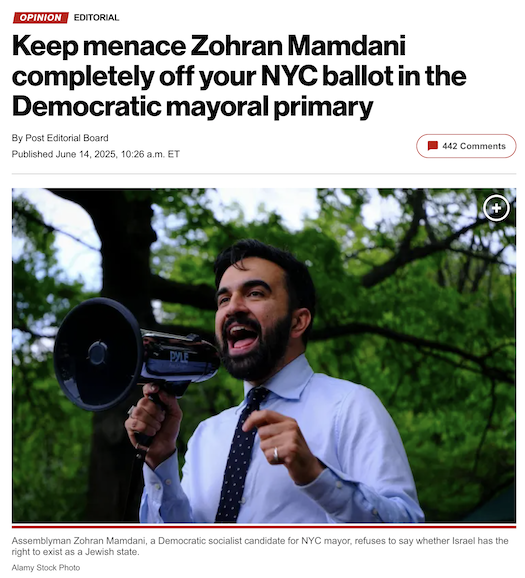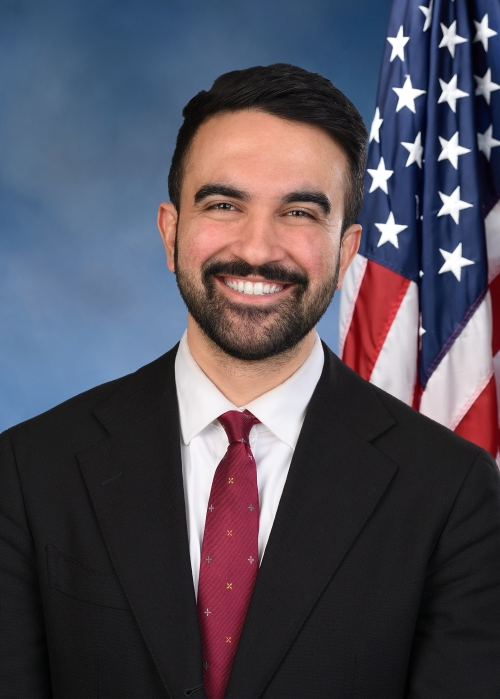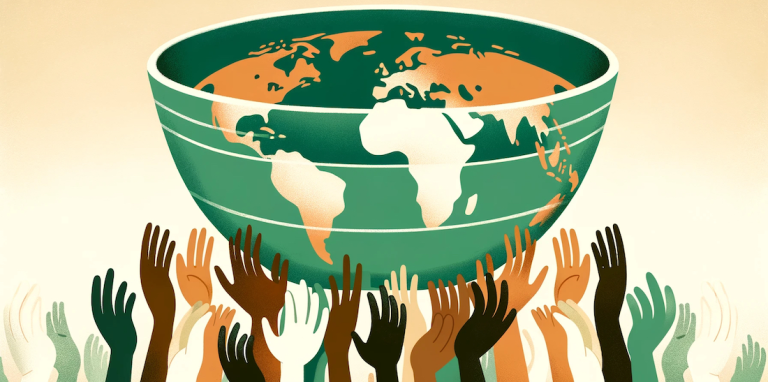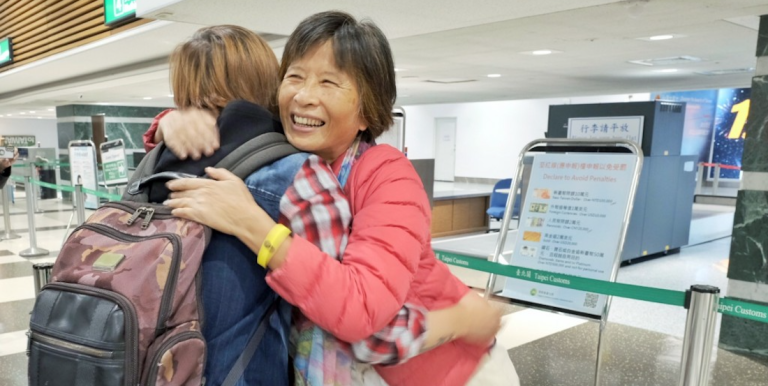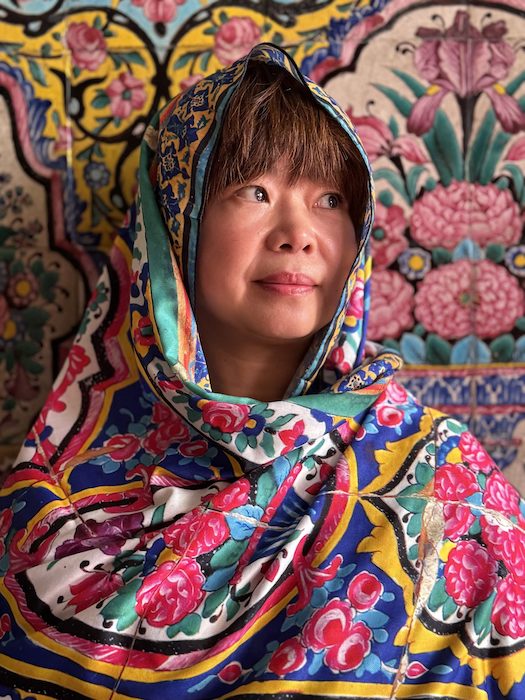His Revolutionary Vision Captured the Sublime Power of Untamed American Wilderness
New York, N.Y. – In the pantheon of American art, few figures loom as large as Thomas Cole, the visionary painter who transformed how America saw itself through the sublime power of landscape painting. As the founding father of the Hudson River School, Cole didn’t merely paint nature—he painted America’s soul, capturing the raw, untamed beauty of a continent still discovering its identity.
Born in England in 1801, Cole immigrated to America as a young man, bringing with him the romantic sensibilities of European landscape painting while developing an distinctly American voice. His arrival in the Catskill Mountains of New York in the 1820s marked the beginning of a artistic revolution that would define American landscape painting for generations.
The Birth of American Landscape Art
Cole’s breakthrough came not through formal training, but through direct communion with the American wilderness. Unlike his European contemporaries who painted idealized pastoral scenes, Cole confronted the raw, untamed power of American nature. His canvases pulsed with the energy of thundering waterfalls, towering peaks, and endless forests that seemed to stretch beyond the horizon of human comprehension.
The Hudson River School emerged from Cole’s revolutionary approach to landscape painting. This movement, centered in New York’s Hudson River Valley, represented America’s first major art movement. Cole and his followers believed that American landscapes possessed a spiritual power equal to, if not greater than, the classical landscapes of Europe. They painted with religious fervor, seeing God’s hand in every sunset, storm cloud, and mountain peak.
“It’s The Light” – Cole’s Mastery of Illumination
Cole’s genius lay in his understanding of light as both a physical and spiritual force. In masterpieces like “Distant View of Niagara Falls” (1830), he demonstrated how light could transform a landscape from mere geography into something transcendent. The painting, housed in the Art Institute of Chicago, showcases Cole’s ability to capture the sublime power of Niagara Falls while maintaining the romantic ideal of unspoiled wilderness.
The work reveals Cole’s sophisticated understanding of American mythology. By placing Native American figures in the foreground, he acknowledged the continent’s indigenous heritage while simultaneously romanticizing a landscape already threatened by industrialization. The painting bears little resemblance to the actual terrain surrounding Niagara Falls, which by 1830 was already marked by factories, hotels, and tourist infrastructure. Cole’s vision was deliberately idealized, presenting America as he believed it should be remembered—wild, pure, and untouched.
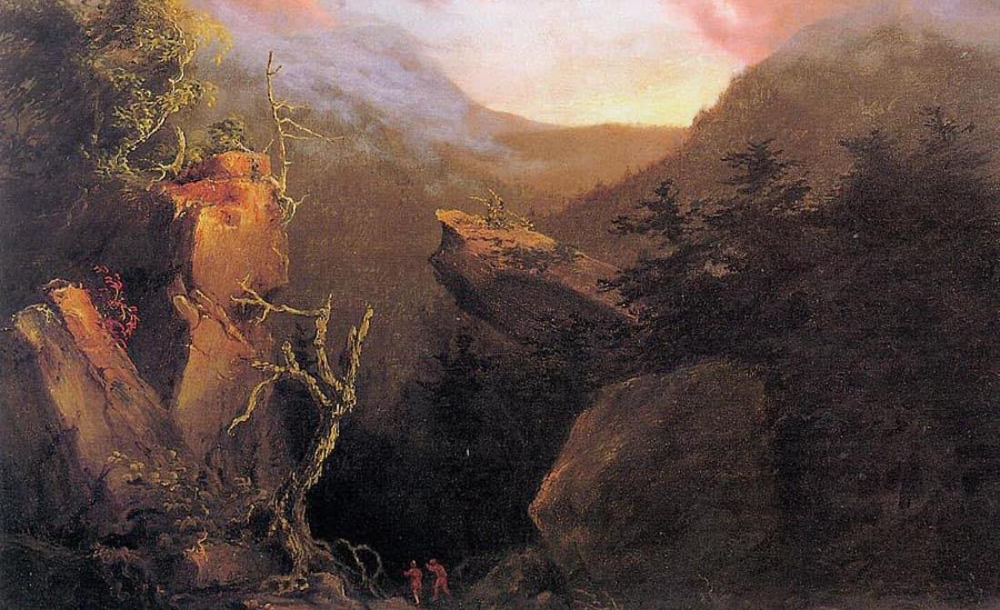
The Romantic Vision of American Wilderness
Cole’s paintings served as visual manifestos for American Manifest Destiny, yet they also contained subtle warnings about the cost of progress. His famous series “The Course of Empire” (1833-1836) depicted the rise and fall of civilizations, suggesting that America’s rapid expansion and industrialization might lead to its own destruction. This tension between celebration and warning became a hallmark of Cole’s work and the broader Hudson River School movement.
“Mountain Sunrise” (1826) exemplifies Cole’s ability to find the divine in the American landscape. The painting transforms a simple dawn scene into a meditation on creation itself, with light breaking over mountain peaks like a visual hymn. Cole’s technique—bold brushstrokes for dramatic skies, meticulous detail for foreground elements—created a visual language that spoke directly to American audiences hungry for cultural validation.
Legacy of the Hudson River Master
Cole’s influence on American art cannot be overstated. He trained a generation of painters, including Frederic Edwin Church and Asher Brown Durand, who carried the Hudson River School tradition into the latter half of the 19th century. His emphasis on direct observation of nature, combined with romantic idealization, established a template for American landscape painting that persisted well into the 20th century.
The Metropolitan Museum of Art, National Gallery of Art, and countless other institutions preserve Cole’s legacy, ensuring that future generations can experience his vision of America’s sublime wilderness. His paintings remain powerful reminders of what America was, what it aspired to be, and what it has lost in the name of progress.
Thomas Cole died in 1848 at the age of 47, but his artistic vision continues to shape how Americans understand their relationship with the natural world. In an era of climate change and environmental crisis, Cole’s paintings serve as both historical documents and urgent reminders of the wilderness that once defined the American continent.
Thomas Cole, Master of the Hudson River School (June 26, 2016)
Thomas Cole revolutionized American art by founding the Hudson River School, transforming landscape painting from mere documentation into sublime spiritual expression. His masterful use of light and idealized wilderness scenes created America’s first major art movement, influencing generations of painters while capturing the nation’s complex relationship with its untamed natural heritage and rapid industrialization.
